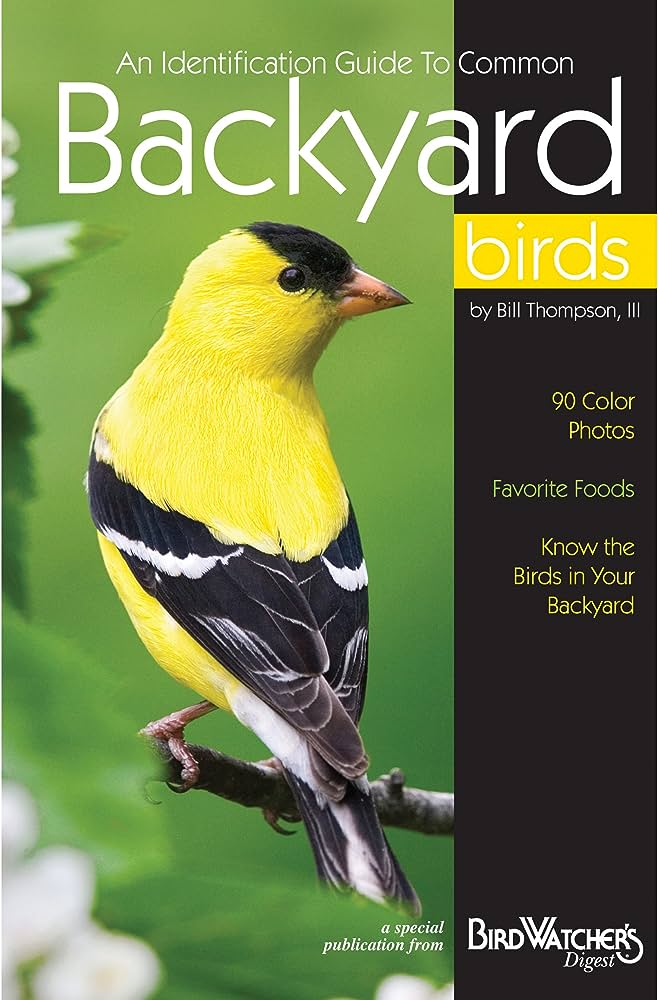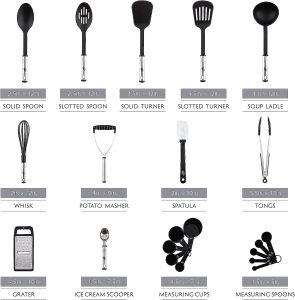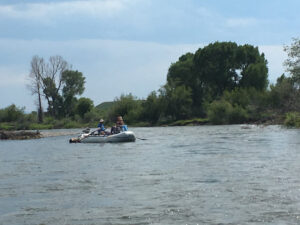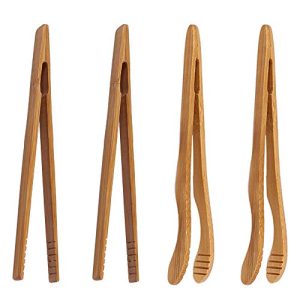Contents
- Understanding Birdwatching
- Bird Identification Basics
- Popular Bird Species to Spot
- Creating a Bird-friendly Environment
- Birdwatching Etiquette
- Best Birdwatching Locations
- Using Field Guides and Birding Apps
- Tips for Better Birdwatching
- Joining Birdwatching Groups and Events
- Birdwatching Challenges and Solutions
Ready to embark on a thrilling birdwatching adventure? Look no further because “The Birdwatcher’s Guide: Spotting and Identifying Common Birds” has got you covered. With helpful tips, stunning photographs, and expert guidance, this guide is your ultimate companion in uncovering the fascinating world of avian species. Whether you’re a seasoned bird enthusiast or a beginner, this comprehensive resource, equipped with a bird dog camera, will enable you to recognize and capture those elusive moments with ease. So, grab your binoculars and get ready to witness the beauty of nature taking flight right before your eyes!
Understanding Birdwatching
Birdwatching is a popular hobby that involves observing and identifying birds in their natural habitat. It is a fun and educational activity that allows you to connect with nature while appreciating the beauty and diversity of bird species. Whether you are a beginner or an experienced birdwatcher, there are many benefits to be gained from this enjoyable pastime.
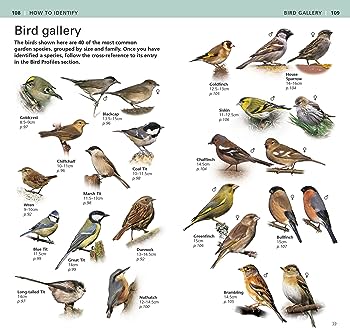
What is birdwatching?
Birdwatching, also known as birding, is the activity of observing birds in their natural environment. It involves identifying different species of birds, noting their behaviors, and learning about their habitats. Birdwatchers can observe birds in their own backyards, local parks, or even travel to different regions to spot rare species. The goal of birdwatching is to develop an appreciation for birds and their conservation.
The benefits of birdwatching
Birdwatching offers a range of benefits for both your physical and mental well-being. Spending time in nature and observing birds can reduce stress and anxiety, promote relaxation, and improve your mood. It provides an opportunity to practice mindfulness and connect with the natural world around you. Birdwatching also encourages physical activity as you explore different habitats and walk in search of birds. Additionally, it is a great way to learn about the environment, conservation, and biodiversity.
The equipment you’ll need
To get started with birdwatching, you’ll need a few essential pieces of equipment. The most important tool is a pair of binoculars, which will allow you to observe birds from a distance without disturbing them. Look for binoculars with good magnification and a wide field of view for optimal viewing. A field guide, such as “The Birdwatcher’s Guide: Spotting and Identifying Common Birds,” is also essential for learning about different species and their characteristics. Consider investing in a sturdy tripod to stabilize your binoculars and reduce hand fatigue during prolonged observation. Lastly, a notebook and pen will come in handy for recording your sightings and taking notes.
Bird Identification Basics
One of the key skills in birdwatching is learning to identify birds based on their appearances and behaviors. By familiarizing yourself with the following basics, you’ll be able to identify many bird species with confidence.
Learning to identify birds by appearance
The first step in bird identification is observing their physical characteristics. Pay attention to the size and shape of the bird, the color and pattern of their plumage, and any distinguishing features such as beak shape or leg color. Take note of the bird’s behavior, habitat, and the time of year you spot them, as these factors can provide additional clues for identification. Practice using your field guide to match the observed features with the descriptions and illustrations provided.
Using bird calls and songs
Birds communicate through a variety of vocalizations, including calls and songs. Familiarizing yourself with common bird calls can be a helpful tool for identifying birds, especially when they are hidden from view. Pay attention to different types of vocalizations, such as alarm calls, mating songs, or territorial calls. Many birding apps offer audio recordings of bird songs that can aid in identification. By learning to associate specific calls with certain bird species, you can expand your ability to identify birds even if you can’t see them clearly.
Key features to look for
When identifying birds, certain key features can provide valuable clues. Look for distinctive markings on the bird’s head, wings, and tail. Pay attention to the shape and color of the beak, as well as the bird’s legs and feet. Notice any unique behaviors, such as flight patterns or feeding habits. Some birds have specific seasonal plumage variations, so recognizing these changes can also aid in identification. By focusing on these key features, you’ll become more skilled at identifying birds accurately.
Popular Bird Species to Spot
While there are thousands of bird species around the world, here are some popular ones that you’re likely to encounter on your birdwatching adventures:
American Robin
The American Robin is a common sight in North America, known for its distinctive orange breast and black head. They are often found hopping and running on lawns, searching for earthworms. Robins are known for their melodious song, which is a familiar sound of springtime. Keep an eye out for their nests, as they typically build them in trees or on ledges.
Mallards
Mallards are one of the most recognizable species of ducks and can be found in a variety of habitats, from small ponds to larger bodies of water. The males have vibrant green heads, while the females have mottled brown plumage. Mallards are often seen dabbling in the water, using their beaks to search for food. Look for their characteristic “quack” call as they swim.
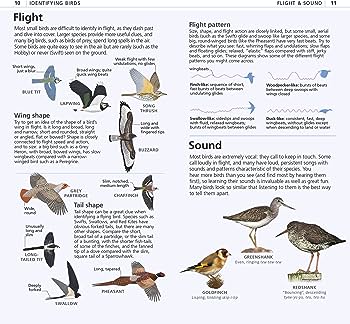
Northern Cardinal
The Northern Cardinal is a striking bird with its bright red plumage and distinctive crest. Found in Eastern and Central North America, they often inhabit woodlands, gardens, and backyard feeders. Cardinals have a beautiful song that can be heard throughout the year. Look out for their nests, which are typically built in shrubs or low trees.
House Sparrow
The House Sparrow is a small, yet abundant bird found in urban areas and rural fields across North America. They are known for their brown plumage, with males having a gray cap and black bib. House Sparrows are highly adaptable and often build nests in crevices, birdhouses, or under eaves. Their cheery chirping is a common sound in residential neighborhoods.
American Crow
The American Crow is a large, all-black bird known for its intelligence and adaptability. Crows can be found in a wide range of habitats, including woodlands, cities, and agricultural areas. They have a distinctive cawing call and are known for their social behavior, often forming large flocks. Keep an eye out for their impressive flying abilities and their ability to use tools to obtain food.
Creating a Bird-friendly Environment
Besides observing birds in their natural habitats, you can also create a bird-friendly environment in your own backyard or garden. By providing food sources, water sources, and suitable nesting spaces, you can attract a variety of bird species and contribute to their well-being.
Providing food sources
Birds require a varied diet to stay healthy and thrive. By offering a variety of bird feeders, you can attract different species that have different food preferences. Consider providing seed feeders, suet feeders, and nectar feeders to cater to a range of bird species. Research the specific dietary needs of the birds in your area and choose appropriate birdseed mixes or specialized feeds. Remember to clean and refill the feeders regularly to prevent the spread of diseases.
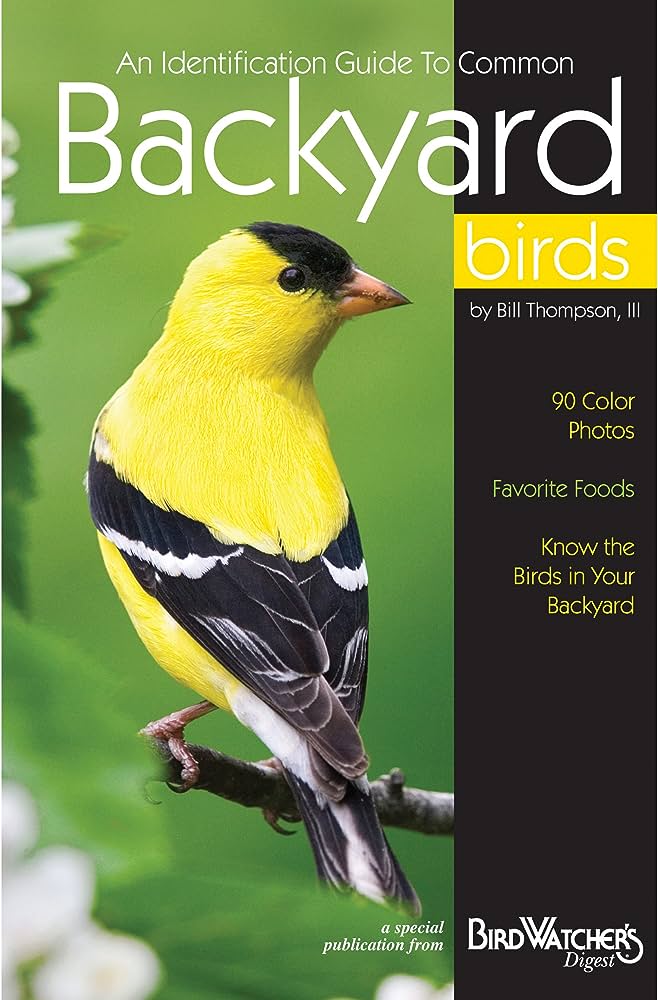
Providing water sources
Birds need access to clean water for drinking and bathing. You can create a birdbath by placing a shallow dish or basin in your garden and keeping it filled with fresh water. Make sure to clean the birdbath regularly to prevent the growth of algae or bacteria. Consider placing a small water feature, such as a gentle waterfall or dripping faucet, to attract birds that prefer running water. A clean and reliable water source will attract a diverse range of bird species to your yard.
Creating shelter and nesting spaces
Birds need suitable shelter and nesting spaces to raise their young and protect themselves from predators. Planting native trees, shrubs, and flowers in your garden can provide natural cover and nesting sites. Consider installing birdhouses and nesting boxes designed for specific species to encourage them to breed in your yard. Position them at a safe height and away from potentially harmful areas, such as busy walkways or direct sunlight. Providing a variety of nesting materials, such as twigs, grass, and feathers, can also attract birds to your garden.
Birdwatching Etiquette
Respecting the birds and their habitats is essential when engaging in birdwatching. By following these guidelines, you can ensure a positive and responsible birdwatching experience.
Respecting the birds’ habitat
When observing birds, it is important to minimize your impact on their natural environment. Avoid trespassing on private property or entering restricted areas. Stay on designated paths and trails to prevent disturbing nesting areas or fragile habitats. Be mindful of sensitive habitats such as nesting colonies, rookeries, or areas with endangered species. By respecting their habitat, you contribute to the conservation and protection of bird populations.
Keeping a safe distance
Maintaining a safe distance from birds is crucial to avoid causing stress or harm to them. Use binoculars or telephoto lenses to observe birds from a distance, allowing them to behave naturally without feeling threatened. Avoid approaching nests or disturbing breeding birds, as this can lead to the abandonment of eggs or chicks. Be aware of the signs of stress, such as birds repeatedly vocalizing, flapping their wings, or displaying aggressive behavior. If you observe these signs, retreat to a safe distance to reduce your impact.
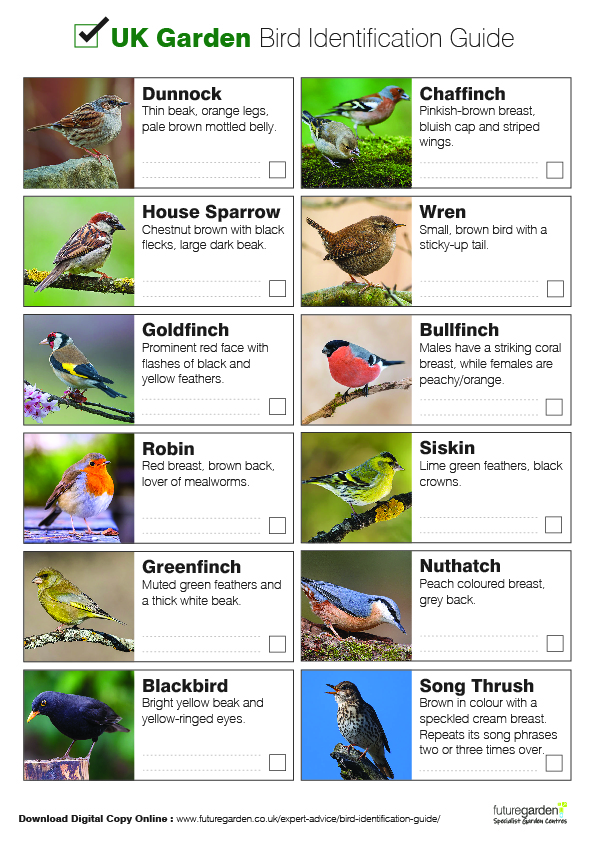
Being quiet and patient
Birds have excellent hearing and can be easily startled by loud noises or sudden movements. Practice being quiet and move slowly when approaching areas where you expect to see birds. Avoid making sudden gestures or noises that may frighten or disturb them. Patience is key in birdwatching, as birds may take time to appear or exhibit interesting behaviors. By being patient and observant, you increase your chances of witnessing amazing bird sightings and interactions.
Best Birdwatching Locations
To maximize your chances of spotting a wide variety of bird species, consider visiting these popular birdwatching locations:
Local parks and nature reserves
Many local parks and nature reserves are designed to protect wildlife and provide habitats for birds. These areas often have well-maintained trails and observation points where you can easily spot birds. Research your local area to find parks or nature reserves that are known for their bird populations. Visit during different seasons to witness the seasonal migrations and nesting activities of various bird species.
Coastal areas and wetlands
Coastal areas and wetlands are teeming with bird life. Shorebirds, sea ducks, and wading birds can be seen along the shorelines, mudflats, and marshes. Look for waterfowl, such as ducks and pelicans, that inhabit freshwater ponds and estuaries. Birdwatching in coastal areas and wetlands offers a unique opportunity to observe birds in their marine habitats and witness their feeding behaviors.
Forests and woodlands
Forests and woodlands provide a diverse range of habitats for birds. These areas are home to a variety of songbirds, woodpeckers, owls, and birds of prey. Pay attention to different levels of the forest, such as the canopy, understory, and forest floor, as different bird species occupy different layers. Be patient and observant, as many forest-dwelling birds can be shy or well-camouflaged among the trees and foliage.
Using Field Guides and Birding Apps
Field guides and birding apps are valuable tools for birdwatchers, providing detailed information and helping with bird identification. Here’s how to make the most of them:
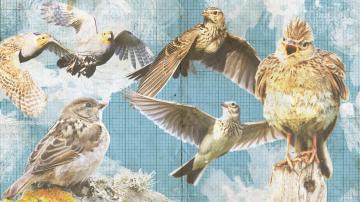
Choosing the right field guide
Field guides are books or resources that provide descriptions, illustrations, and information on different bird species. When choosing a field guide, consider the region you will be birdwatching in, as some guides are specific to certain geographic areas. Look for guides that include multiple images or illustrations of each species, as well as detailed descriptions of their physical characteristics, behaviors, and habitats. Opt for guides that organize birds by habitat or physical features, making it easier to navigate and identify similar species.
Utilizing birding apps for identification
Birding apps have become increasingly popular among birdwatchers for convenient and interactive bird identification. These apps often include an extensive database of bird species, high-quality photos, and recordings of their calls and songs. Use the search function to input specific characteristics or certain locations to narrow down the possible bird species. Some apps even offer real-time sightings and crowd-sourced information, helping you locate rare or unusual birds in your area. Experiment with different apps to find the one that suits your preferences and needs.
Recording and sharing your sightings
Documenting your birdwatching experiences is a fantastic way to keep track of your sightings and contribute to citizen science initiatives. Consider keeping a birdwatching journal or using a dedicated birding app to record the species, date, location, and any interesting observations. Share your sightings with local birdwatching communities or online platforms, such as eBird, to contribute valuable data to bird population studies and conservation efforts. Sharing your experiences can also inspire others to appreciate and protect birds.
Tips for Better Birdwatching
To enhance your birdwatching skills and maximize your enjoyment, consider these tips:
Observe during peak birding times
Birds are most active during the early morning or late afternoon, so plan your birdwatching trips accordingly. These times, known as the “golden hours,” offer optimal lighting conditions and a higher likelihood of spotting birds engaged in feeding or singing. Many bird species are diurnal, meaning they are active during the day, but there are also nocturnal birds that can be observed during the twilight hours.
Use binoculars and a tripod
Investing in a good pair of binoculars is essential for birdwatching. Look for binoculars with quality optics, appropriate magnification, and a comfortable grip. Consider using a tripod or monopod to stabilize your binoculars, especially during prolonged observations or when viewing distant birds. A steady view will enhance your ability to focus and detail and reduce eye fatigue.
Learn about bird behavior
Understanding bird behavior can greatly improve your chances of spotting and identifying bird species. Learn about the different feeding habits, mating rituals, and flight patterns of birds in your area. This knowledge will help you anticipate their movements and locate them more easily. Observe their interactions with each other and with their environment, as these behaviors can provide fascinating insights into their lives.
Joining Birdwatching Groups and Events
Joining a birdwatching group or participating in birdwatching events has numerous benefits that can enhance your birding experience:
Benefits of joining a birdwatching group
Birdwatching groups and clubs provide a platform to connect with like-minded individuals who share a passion for birds and nature. By joining a group, you can gain valuable insights, tips, and knowledge from experienced birdwatchers. Group outings often provide opportunities to explore new areas, learn from experts, and collaborate on bird-related conservation initiatives. The camaraderie and shared enthusiasm for birds make joining a birdwatching group a wonderful social experience.
Birdwatching festivals and events
Birdwatching festivals and events are held worldwide, attracting bird enthusiasts from all over. These events often include guided tours, lectures, workshops, and presentations by renowned ornithologists and naturalists. Festivals allow you to immerse yourself in the world of birdwatching, interact with experts, and learn about the latest research and conservation efforts. They offer unique opportunities to observe rare or migratory bird species and connect with fellow birdwatchers.
Participating in citizen science projects
Citizen science projects involve the participation of non-experts in scientific research. By contributing your birdwatching observations to these projects, you aid in data collection and analysis, helping scientists monitor bird populations, migration patterns, and conservation efforts. Citizen science initiatives often have online platforms or apps where you can submit your sightings, making it easy to contribute to scientific studies from the comfort of your own home. Participating in these projects allows you to make a meaningful impact on bird conservation.
Birdwatching Challenges and Solutions
While birdwatching is a delightful hobby, it does come with its challenges. Here are some common challenges and solutions to help you overcome them:
Identifying birds in flight
Birds in flight can be challenging to identify due to their fast movement and changing angles. To overcome this challenge, practice observing birds’ flight patterns and wing shape as they fly. Focus on key features such as wing length, shape, or patterns under the wings. Understanding the flight behaviors and postures of different bird species will assist you in identifying them in flight. Use your field guide or birding apps to familiarize yourself with flight patterns and to compare similar species side-by-side.
Dealing with low light conditions
Low light conditions, such as dawn or dusk, can make it more challenging to observe and identify birds due to reduced visibility. To overcome this challenge, consider using binoculars with larger objective lenses that allow more light to enter. Choose binoculars with a wider field of view to maximize the light available. Also, familiarize yourself with the calls and songs of different bird species, as they can help identify birds in low light when visual details are limited.
Differentiating similar species
Some bird species may share similar physical traits or plumage patterns, making it difficult to differentiate them. To overcome this challenge, focus on key details that distinguish the species. Pay attention to specific features such as beak shape, eye color, leg color, or subtle differences in plumage. Observe the bird’s behavior and habitat preferences, as different species often exhibit unique behaviors or have preferred habitats. Refer to your field guide or birding apps for detailed descriptions and illustrations to aid in distinguishing similar species.
In conclusion, birdwatching is a wonderful hobby that offers a multitude of benefits. By understanding birdwatching basics, such as identification techniques and necessary equipment, you can embark on a fulfilling journey of observing and appreciating birds. By creating a bird-friendly environment, respecting bird habitats, and engaging in responsible birdwatching practices, you contribute to the conservation of these beautiful creatures. Explore the best birdwatching locations, use field guides and birding apps, and join birdwatching groups to enhance your birding experience. Overcoming challenges through knowledge and practice will help you become an avid and knowledgeable birdwatcher. So grab your binoculars, find a comfortable spot, and immerse yourself in the captivating world of birds!

